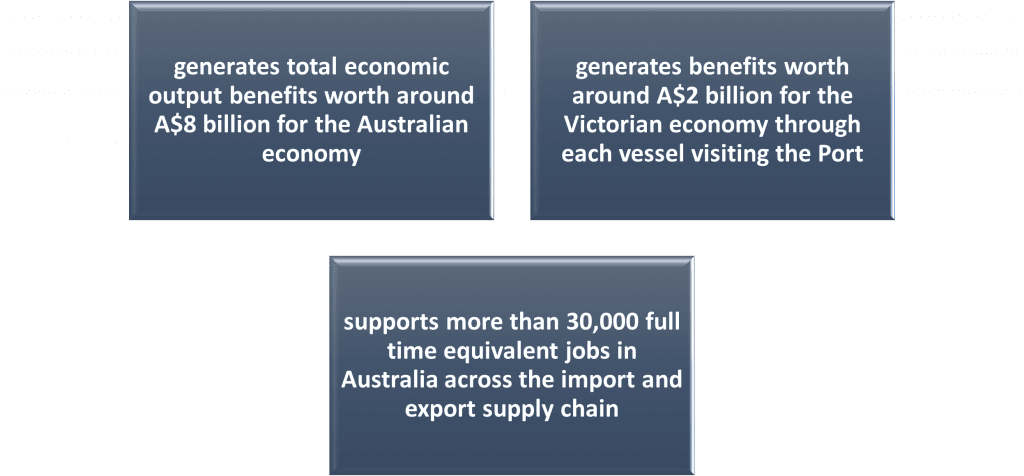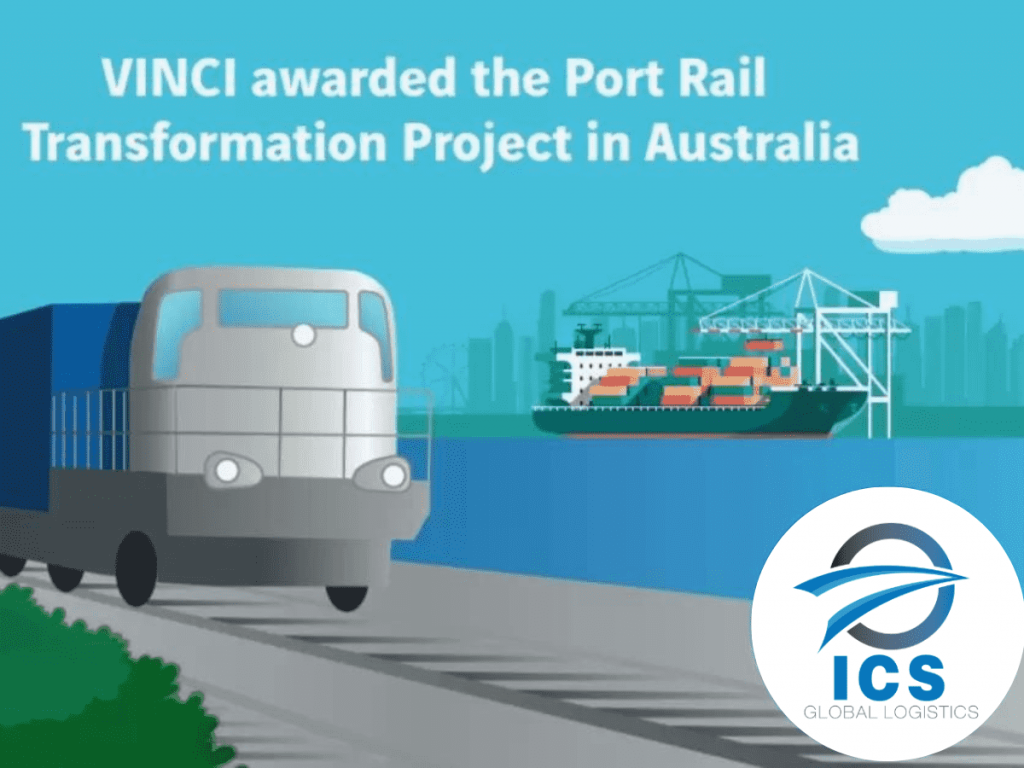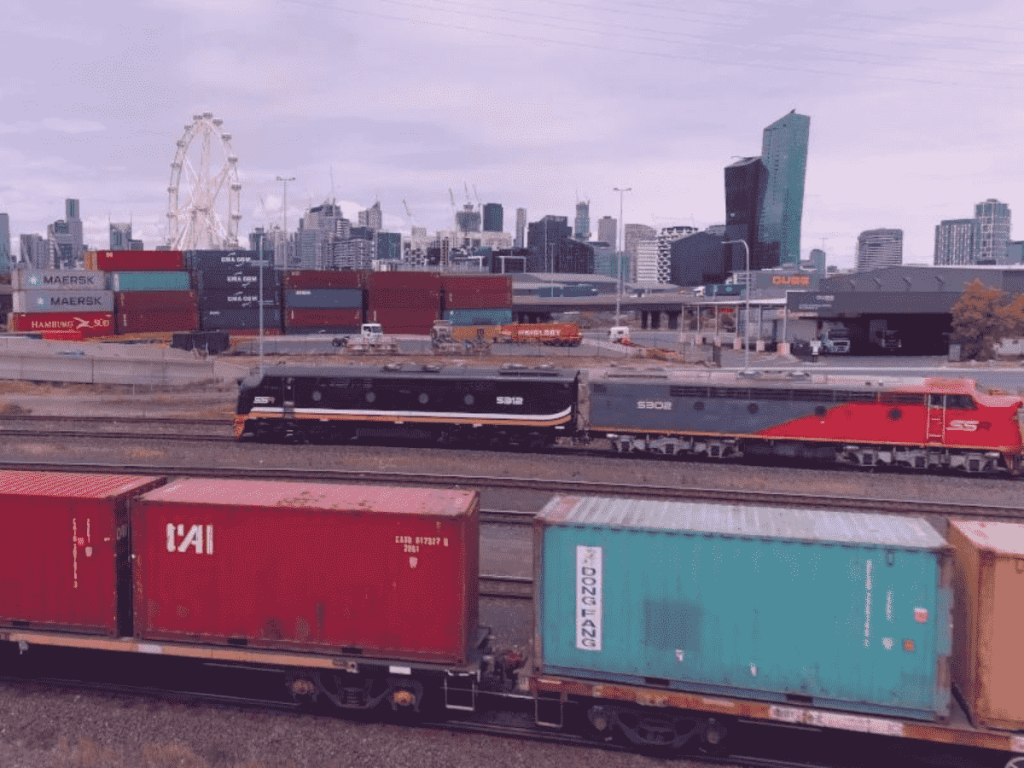Located in Melbourne, Victoria, Port of Melbourne is Australia’s largest port for containerized and general cargo. It is a lynchpin in the Australian economy – a maritime hub for all sorts of massive shipments in Eastern Australia. It is an economic asset of incomparable value to the country, especially for the businesses and people in Victoria and East Australia.
At present, most of the shipments that arrive at the docks of Port of Melbourne are moved across the country on trucks. This creates intense congestion on the metropolitan roads of Melbourne and other cities in Victoria, and the huge size and weight of the trucks also affect the road infrastructure adversely. The railway infrastructure is rather inadequate to take the cargo off the backs of the trucks, so the Victorian government in consonance with many other stakeholders have brought about the Port Rail Transformation Project to build and improve rail infrastructure for less dependence on freight transportation by trucks.
Benefits of Port of Melbourne to Australian Economy

About the Port Rail Transformation Project
The Port Rail Transformation Project is a part of Port of Melbourne’s 2050 Port Development Strategy that describes the critical infrastructure needs to support the economic growth and development of Victoria while also addressing the Sustainable Development Goals. The 2050 Port Development Strategy outlines the Port’s impact on the economy, community and the environment, and details plans to invest into on-Port rail infrastructure for reducing road transportation dependence in the freight supply chain across Melbourne. The positive cascading effects of this will be felt across Victoria and East Australia, including Tasmania.
The project envisages to increase rail terminal capacity and improve rail terminal operations at the port, bypassing roads in inner Melbourne for freight transportation. PRTP is to be completed my mid of the year 2023. The present railway infrastructure is also to be upgraded.
It will include the construction of a new rail terminal connected to the Swanson Dock East International Container Terminal. The new terminal will consist of two new sidings that can handle 600 meters long trains. For seamless movement of containers between the new rail terminal and the wider Swanson precinct, a new road between the two will also be constructed.
PRTP will also be working in coordination with the Port Rail Shuttle Network project of the Victorian government for port side infrastructure.
The Aim of PRTP
The main rationale behind the Port Rail Transformation Project is the reduction of congestion caused by cargo trucks on the roads of Melbourne and in Eastern Australia in general. When the ships arrive at the docks of the Port of Melbourne, the cargo that arrives is sent through the on-road distribution process via trucks. There are hardly any railway lines carrying freight in and out of Melbourne. This creates a problem of traffic on the city roads on a regular basis because of how busy the port remains throughout the year.
Plans for rail expansion also signify strong stakeholder partnership – the Port will be working with governmental departments at the local, state and national level to promote long term infrastructure planning.
Saul Cannon, Chief Executive Officer for the Port of Melbourne, stated that, “we know that freight on rail has stagnated in the past ten years, we want to turn that around. The PRTP opens up new opportunities for metropolitan freight movement on rail.”

Important Facts and Figures about PRTP
- The important elements of the Port Rail Transformation Project involve changes to rail land and asset commercial arrangements, changes to rail operations and new rail infrastructure such as the Coode Road rail terminal interfacing with the Swanson Dock East International Container Terminal.
- It is a fundamental part of Port’s Rail Access Strategy Our Plan for Rail–whichis a comprehensive plan for an integrated freight rail network across Victoria.
- Moving freight by rail can move far more containers in a single trip than trucks can. For instance, a 600-meter-long train can carry 84 Twenty-Foot Containers (TEU) while a B-Double truck has an average capacity of three TEU only.
- The project will be funded by an increase in the tariff on full import containers of $9.75 per TEU.
The creation of PRTP
The Port Rail Transformation Project was awarded to Seymour Whyte (Port Rail Transformation Project – Seymour Whyte)in 2021 under an Early Contractor Involvement (ECI) novated design and construct model. The company is responsible for:
- The construction of two new rail sidings into the Swanston Dock East International Container Terminal
- The construction and relocation of 1.2 km of heavy vehicle rated roads
- The installation of 70,000 m2 of container rated pavement with the ultimate aim of increasing ship to rail transport capabilities and reducing truck numbers on the metro road network
Complexities of PRTP
Seymour Whyte has acknowledged certain challenges that will come in the path of the Port Rail Transformation Project, namely:
- Handling and reducing disposal of contaminated soil
- Mitigating the risks of unknown services by finalizing design solutions before beginning construction onsite
- Preparing models of the groundwater systems to create a proper dewatering strategy
- Transforming contractor input into a prosperous design for risk reduction on ultimate delivery
Seymour Whyte has already discussed and worked in close association with the Port and its designers to identify “smart constructable solutions and value management ideas to overcome the many project complexities.”
The Port Rail Transformation Project is a stepping stone towards a bigger, more ambitious development plan of the Victorian government and upon its completion, will set an example for sustainable, functional solution that keeps at its core a balance of economy, community and environment.

